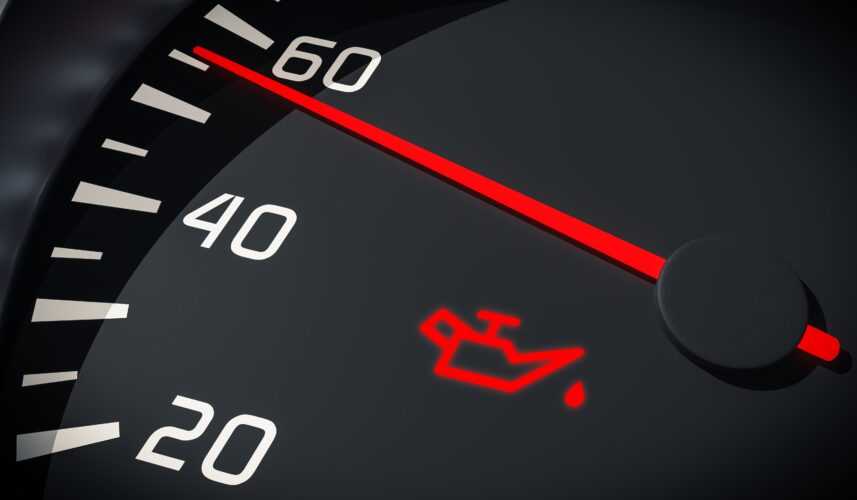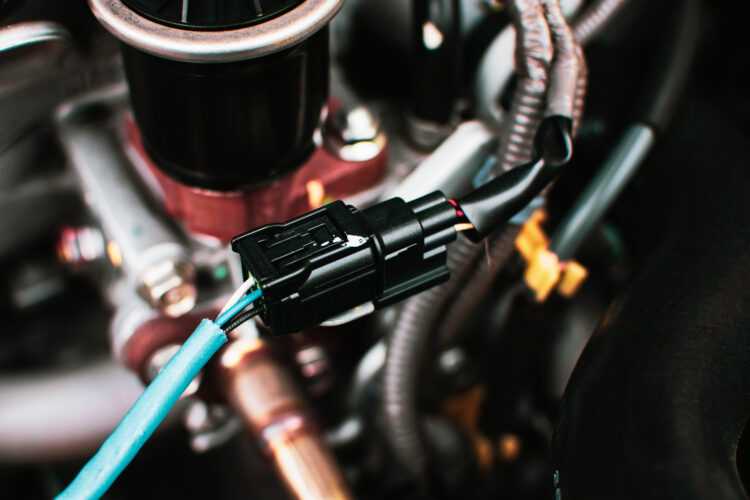Understanding Car Engine Sensors 4 Things To Know

Everything, including the automotive industry, is advancing technologically. As far as the automotive industry is concerned, sensors have been developed to send information about the car’s general condition—some sense how your engine is working, and others sense how other parts of your car are functioning. Currently, sensors are the most dependable devices to give information on how the car functions.
The latest vehicles are highly convenient as the internet is accessible, and the cars can self-drive and communicate effectively, thanks to sensors. With sensors, the engine can intelligently make changes when necessary.
Here, we’ll be discussing different engine sensors and how they work so you can be in the know.
- What’s An Engine Sensor?
An engine sensor is a device that monitors the vehicle’s condition and sends information to the driver on when to make changes. In some instances, a sensor makes automatic changes to the engine. Car sensors control different features of a car, including temperature, oil pressure, coolant system, emission levels, and more.
Automobile sensors are designed to accept different values, examine them accordingly, and determine suitable conditions. If something’s wrong with the sensor’s component, it sends the information to the driver.
Sensors are always ready to identify changes in the vehicle parts, meaning they always work as long as the engine is running.
- What Are Different Types Of Engine Sensors And How Do They Work?
A vehicle has several sensors. Some are used to determine how the engine functions, while others control every part of the vehicle.
Here, we’re looking at different types of engine sensors. Read along.
- Diesel Nitrogen Oxide (NOx) Sensors
Diesel Nitrogen Oxide or NOX Sensor monitors the amount of oxide a diesel car emits to comply with emission regulations. Most engines come with two NOx sensors: an upstream and a downstream sensor. The upstream sensor measures the engine-out NOx gas concentration, determining the amount of urea injection. On the other hand, the silicon-controlled rectifier catalyst’s downstream sensor monitors its performance.
- Engine Speed Sensor
The engine speed sensor monitors and controls the crankshaft spinning speed, meaning the sensor is mounted on the crankshaft. If you know how the engine works, you definitely know how speed changes the reciprocating motion of the engine into the rotary motion of the crankshaft.

- Mass Airflow Sensor
The airflow sensors determine the density and volume of air entering the engine. The sensors operate in the engine where combustion occurs. The mass airflow sensor ensures a suitable amount of air and fuel is mixed to enable the engine to work perfectly. When the mass airflow sensor fails, the car might consume excess fuel or stall. This type of sensor operates by calculation.
- Coolant Temperature Sensor
A coolant temperature sensor is probably the most critical sensor. It diagnoses the temperature of your vehicle’s engine coolant. The results are then used to regulate systems responsible for cooling the engine. The cooling system includes a cooling fan, among others. If the coolant temperature sensor isn’t in perfect condition, the engine might overheat, resulting in severe damage that might be costly to repair.
- Manifold Absolute Pressure Sensor
The manifold absolute pressure sensor, or MAP, monitors the occurring pressure information. The engine’s computer then utilizes the information to enhance fuel ratios for better performance. If this sensor fails, you may experience high fuel consumption.
- Fuel Temperature Sensor
There’s a sensor responsible for monitoring the fuel temperature at a continuous rate to optimize fuel consumption. Unlike warm fuel, cold fuel takes longer to burn due to its higher density. The fuel temperature sensor ensures fuel is injected at the correct speed and temperature to help the engine work smoothly.
- Spark Knock Sensor
A spark knock sensor is a tiny device in or on the engine that detects irregular sounds and vibrations coming from the engine block. This sensor turns these sounds and vibrations into electrical signals and then sends the signal to the engine control unit (ECU). Then, the vehicle’s computer examines the information to determine if the ignition timing is perfect.
- Advantages Of Sensors
Since engine sensors indicate when the engine is experiencing some issues, the engine gets proper maintenance. Also, each adjustment is made precisely with sensors.
Driving experience is made easy with sensors as the driver can easily and quickly detect faulty components.
- Disadvantages of Sensors
Everything good comes with its downside, and engine sensors aren’t exempted. It’s essential to know that modern vehicles use various sensors to give the correct information. The challenge of using many sensors is that they are prone to fail as time goes by, and it can be costly to repair or replace them.
Conclusion
Without these devices, car owners will make countless visits to repair shops, spending a lot of money to resolve the issues. If you were yet to know about the different types of sensors and how they work, we hope this article was extremely helpful.
Remember, as soon as your vehicle’s sensors indicate something’s wrong with your car, it’s advisable to get it checked immediately to prevent severe damage.
Read more on
Have you checked us out on Instagram.
Check us out here.Related Stories
Advertisement Advertisement
Advertisement Advertisement
Advertisement

